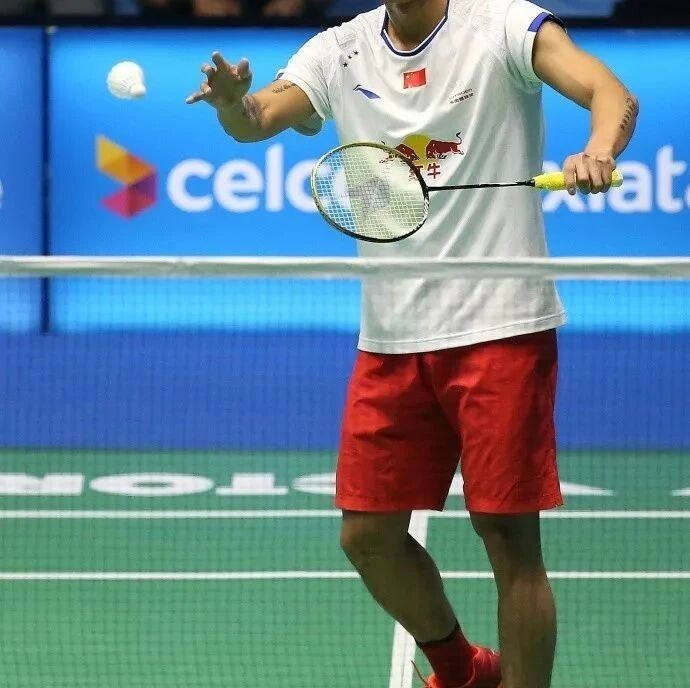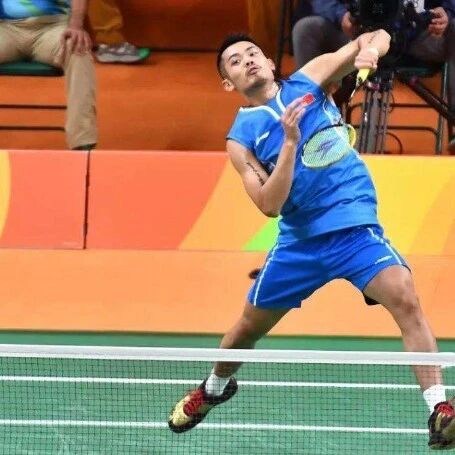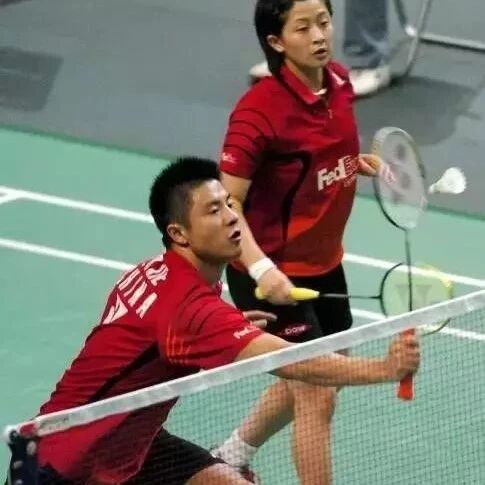If you master this technique, you'll never feel flustered again when facing a smash.
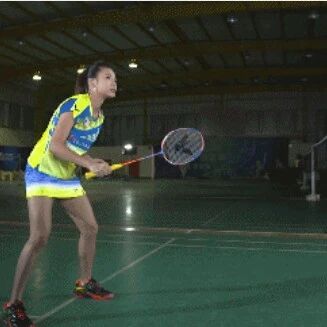

Undeniably, when on the defensive on the court, everyone is left in a reactive position—vulnerable to being breached by an opponent's relentless attack. Yet, viewed dialectically, being on the defensive doesn’t automatically mean conceding points. In fact, if your defensive reception is flawless and executed with precision, it can often catch the opponent off guard, allowing you to capitalize effortlessly and secure easy points.
Today, let’s talk about how to make your defensive catches absolutely killer.
1. Passive receive and lift the ball directly
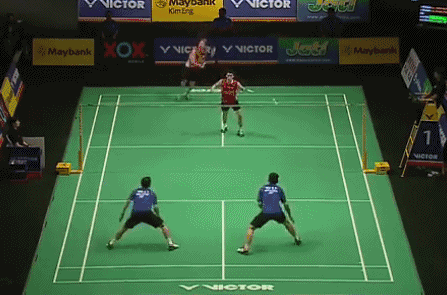
Chen Wenhong,
Amateurs rarely possess that seasoned, court-smart defensive ability of a veteran player—especially when it comes to receiving and lifting the ball, which ultimately remains a reactive shot. Unless absolutely forced into a defensive position by your opponent, it’s best to avoid relying on this technique altogether.
2. Actively intercept and drop shot the ball to the backcourt
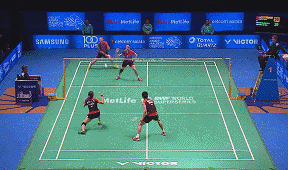
Wu Liuying faced Zhang Nan and delivered a powerful straight-line shot from the backcourt, earning an immediate point.
When the opponent attacks, their center of gravity naturally shifts forward. At this moment, your forceful backcourt pressure forces them to pivot and reach low for the ball, leaving them in an uncomfortable position—resulting in excellent defensive effectiveness that feels like moving a heavy object with just a light touch.
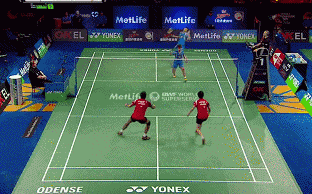
Nasir makes a direct, bouncing cross-court shot to the backcourt.
Executing a drop shot after a net kill requires the defender to have strong wrist explosiveness. Especially in doubles play, if the drop shot isn’t hit with sufficient speed, opponents can easily capitalize by launching continuous attacks at the net and scoring points.
3. Drop the shuttle to the net, then quickly counter with a defensive shot
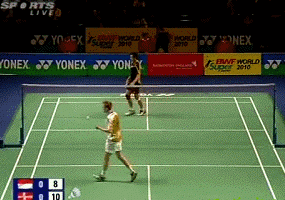
Gade cleanly blocks and scores directly down the diagonal.
The drop shot and net play are primarily used in singles matches. Since singles players must rely entirely on themselves to maintain a continuous offensive rhythm, their post-attack stance—often leaning toward the net—is typically unstable. As a result, executing a well-timed drop shot or net interception can leave opponents helplessly watching the shuttlecock sail past.
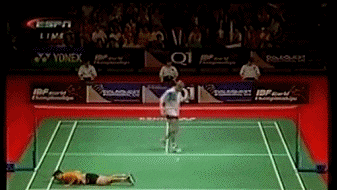
Directly score with a drop shot or net interception
Receiving and neutralizing the shuttle with a block is the most challenging of the three receiving techniques, requiring excellent anticipation. Additionally, it demands sufficient finger and wrist strength during the reception to precisely control the racket face.
4. Key Points for the Receive-and-Clear Technique
When receiving a smash, your center of gravity should naturally shift slightly downward. Many players, however, overemphasize lowering their center of gravity during this motion, which can easily cause their hitting point to become too low and positioned too far behind the body—making it difficult to execute a high-quality defensive shot. The key is to lower your center of gravity in a way that allows you to actively meet the incoming shuttlecock while maintaining smooth, fluid power generation. Of course, the ideal height of this descent varies from person to person. Ultimately, the varying effectiveness of your smash reception stems from differences in how you control your wrist and fingers.
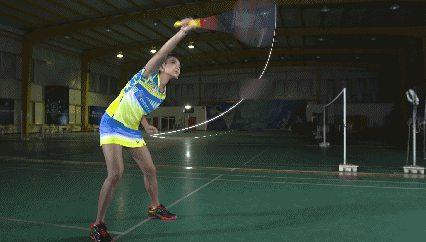
The action for receiving a drop shot from the backcourt is similar to lifting the shuttlecock, but be careful not to use your shoulder joint to push upward in an attempt to generate power—instead, naturally swing upward in front of your body, using your shoulder as the pivot point. Meanwhile, when returning a net kill with a flick, position the racket face horizontally in front of you and rely on the strength of your fingers and wrist to meet the incoming shot with a forward motion, subtly incorporating a "covering" action as well. The goal is to leverage the opponent’s powerful kill to further accelerate the speed of your return.
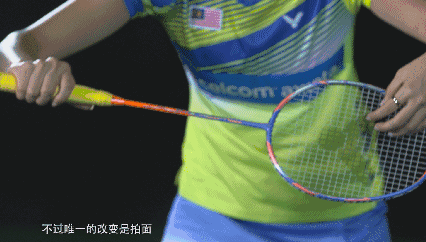
The biggest difference between a drop shot and a net interception lies in racket face control. By sharply angling the racket face during the moment of impact to slice under the shuttlecock, you can dramatically reduce its flight speed. The combination of varied return timing and shot placement often produces surprisingly effective results.
Handling a smash is inherently a technique that often leads to being on the receiving end of powerful shots—but trust me, if you master these three smashes-and-blocks techniques, even when you’re being hit, your fluid and confident movements will still be utterly captivating.
More article recommendations:
Master these techniques in badminton, and you'll easily be able to play a backhand shot from the backcourt!
Killing it feels great without wasting much energy—hitting the ball is just that easy.
How to protect your knees while playing sports—master these 3 key tips for knee health!
Zhao Jianhua, Yang Yang, and Li Mao have prepared over 100 lessons for everyone, covering techniques like badminton net shots, backhand cross-court hooks, and smashes. Click "Read the Original Article in the Bottom Left Corner." If you're looking to improve your badminton skills, don't miss this—this is a must-see!

